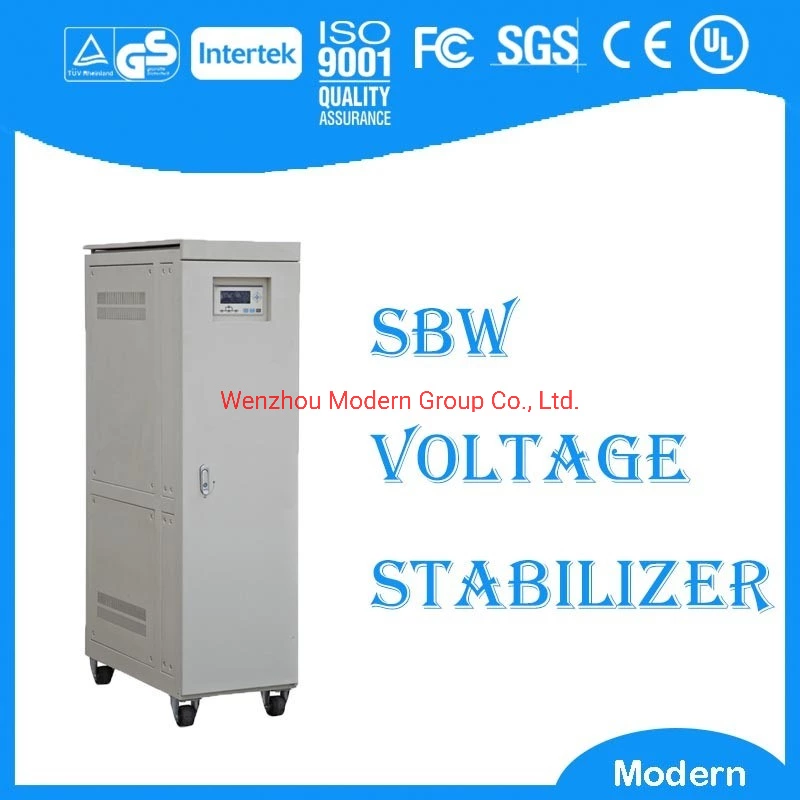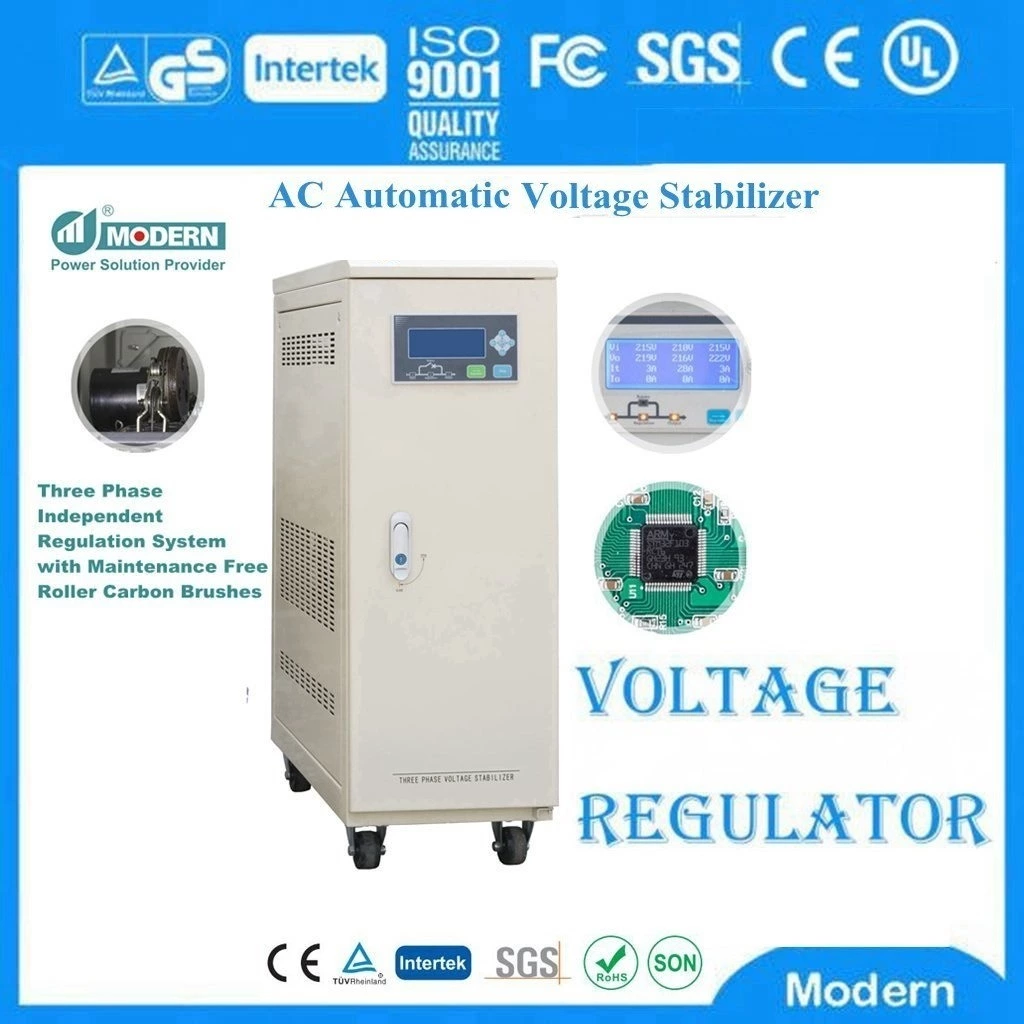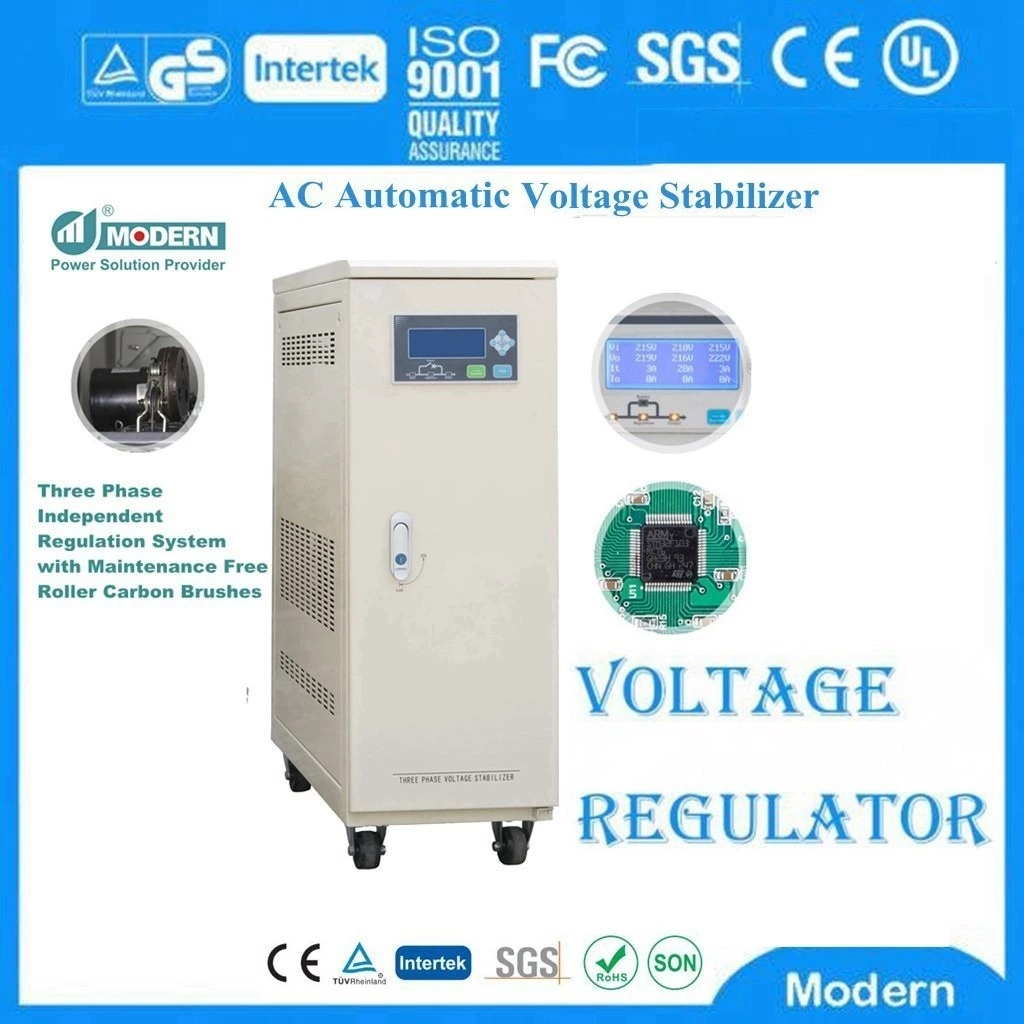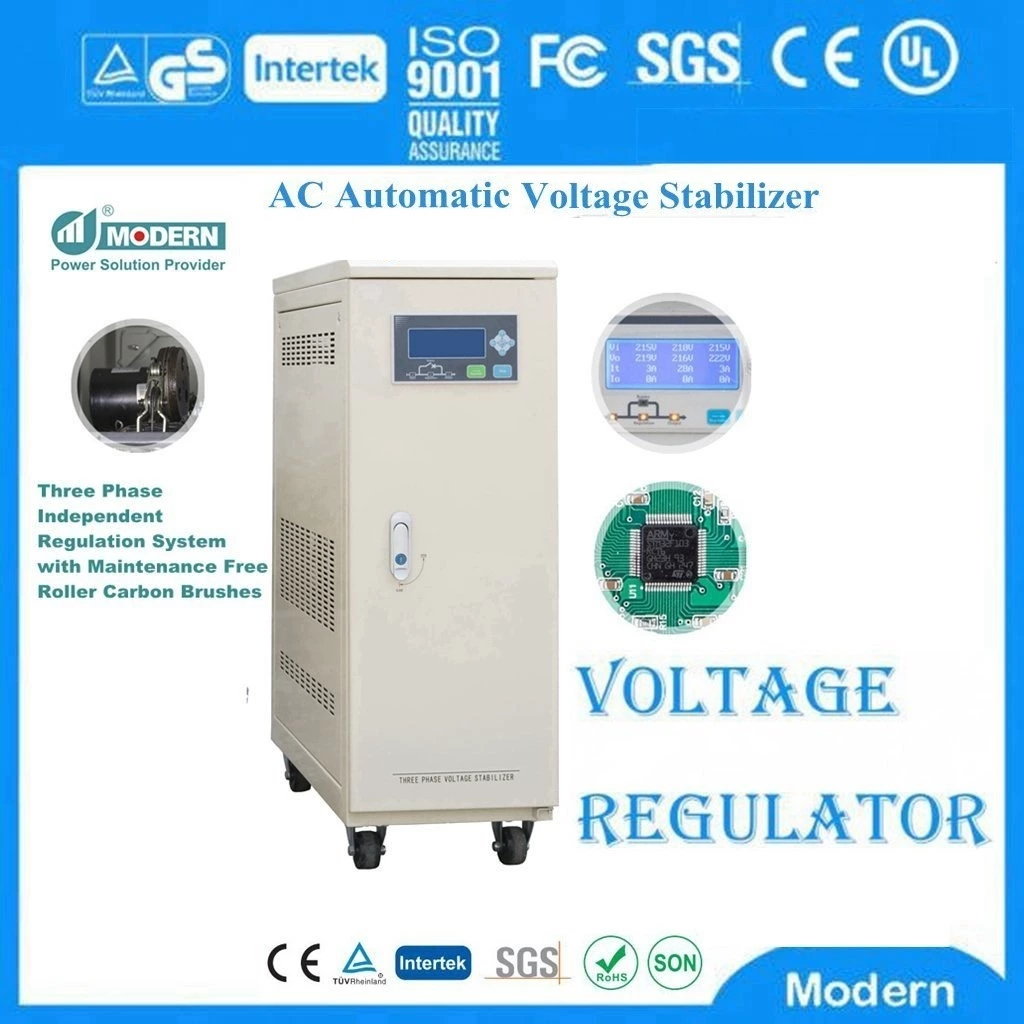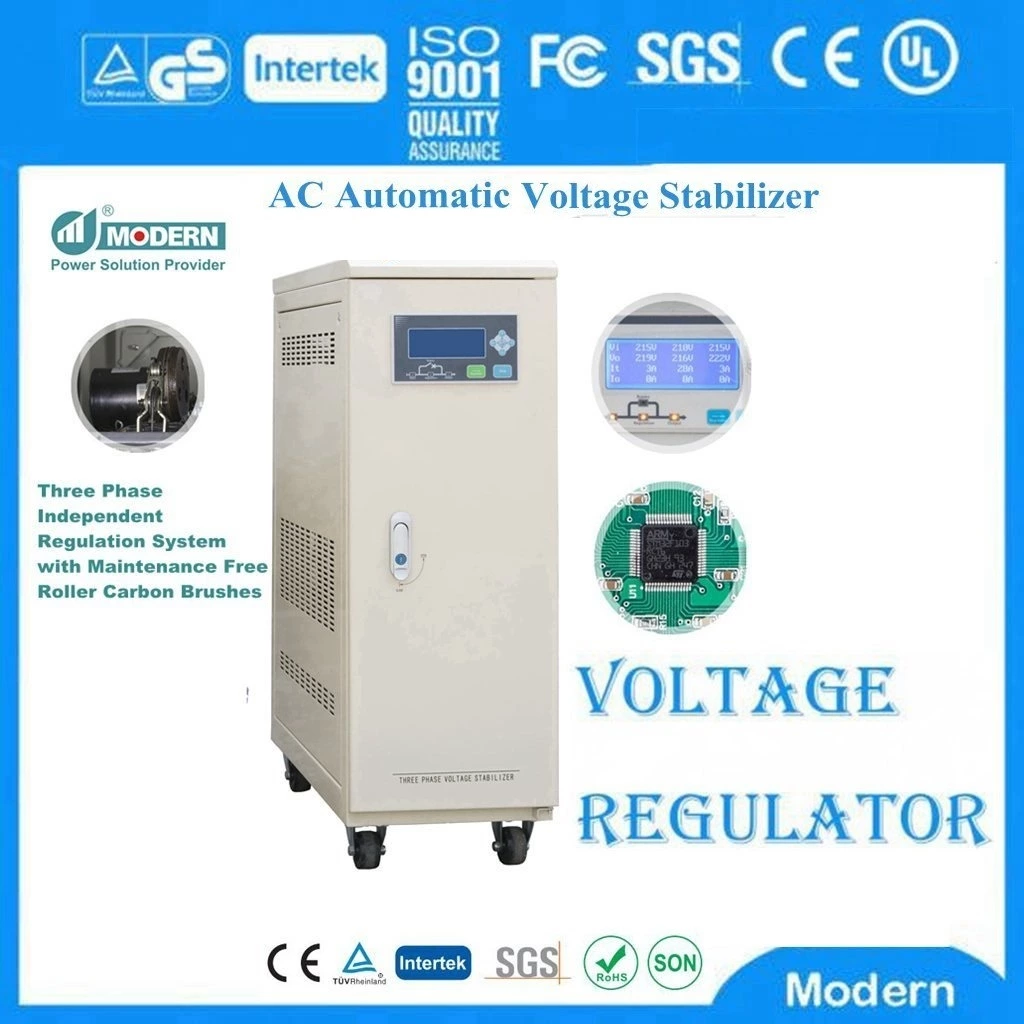Voltage Optimizers Also Have Inherent Advantages In Maximum Power Point Tracking Algorithms
In addition to the advantages of topological structure, Voltage Optimiser also has inherent advantages in maximum power point tracking algorithm. Traditional MPPT tracking algorithms are basically based on two types: "hill climbing method" and "logic measurement algorithm". Advanced ones like SMA and Power-one also use combined methods, such as "hill climbing method" combined with "constant range method" and full scanning method with fixed time interval to find the maximum power point. There are also combined "slope polarity method" and "conductance increment method" with detection step control method to find the maximum power point. Under ideal test conditions, the accuracy of these algorithms can reach more than 99%. In fact, their biggest challenge is multiple peaks and sudden increase in light. Multiple peaks means that multiple power peaks appear in the power-current or power-voltage curve of an array. There are many reasons for its formation. One of them is that some components are blocked and the bypass diode is forward deflected, causing one-third of the cells to be bypassed, resulting in a decrease in the working voltage of the string, and then the voltage mismatch of the array occurs, resulting in multiple peaks. Or because of the shielding, the bypass diode is still in the reverse deflection and unactivated state, and the current mismatch occurs in the same string, resulting in multiple peaks. Multiple peaks and sudden increase in light have a huge impact on many MPPT algorithms. Due to their uncontrollable and variable nature, they will confuse the tracker's judgment of the detection direction and which peak is the maximum power point. In fact, the root cause of this problem is that there are too many components connected to the MPPT. Imagine if each MPPT is connected to only one component, each component has only two or three bypass diodes, and the components do not affect each other. This greatly reduces the difficulty of analyzing and tracking the maximum power point, and the logic editing of the controller is also very simple and accurate. Because it is only a 38 volt, 8.9 amp IV curve, the optimizer's MPPT does not need to use traditional algorithms to track the maximum power point. There are currently two more common methods, one is the "tangent point tracking method", and the other is a combination of the "resistance control method" and the "voltage control method" with secondary tracking. It is precisely based on this advantage that the optimizer can increase its production capacity by about 30% compared to traditional inverters. In addition, unlike the AC Power Limiting of micro inverters, the voltage optimizer can fully transmit the collected power to the inverter, which adds icing on the cake for this technology product.

 Русский
Русский
 Français
Français
 Português
Português
 Español
Español
 اللغة العربية
اللغة العربية
